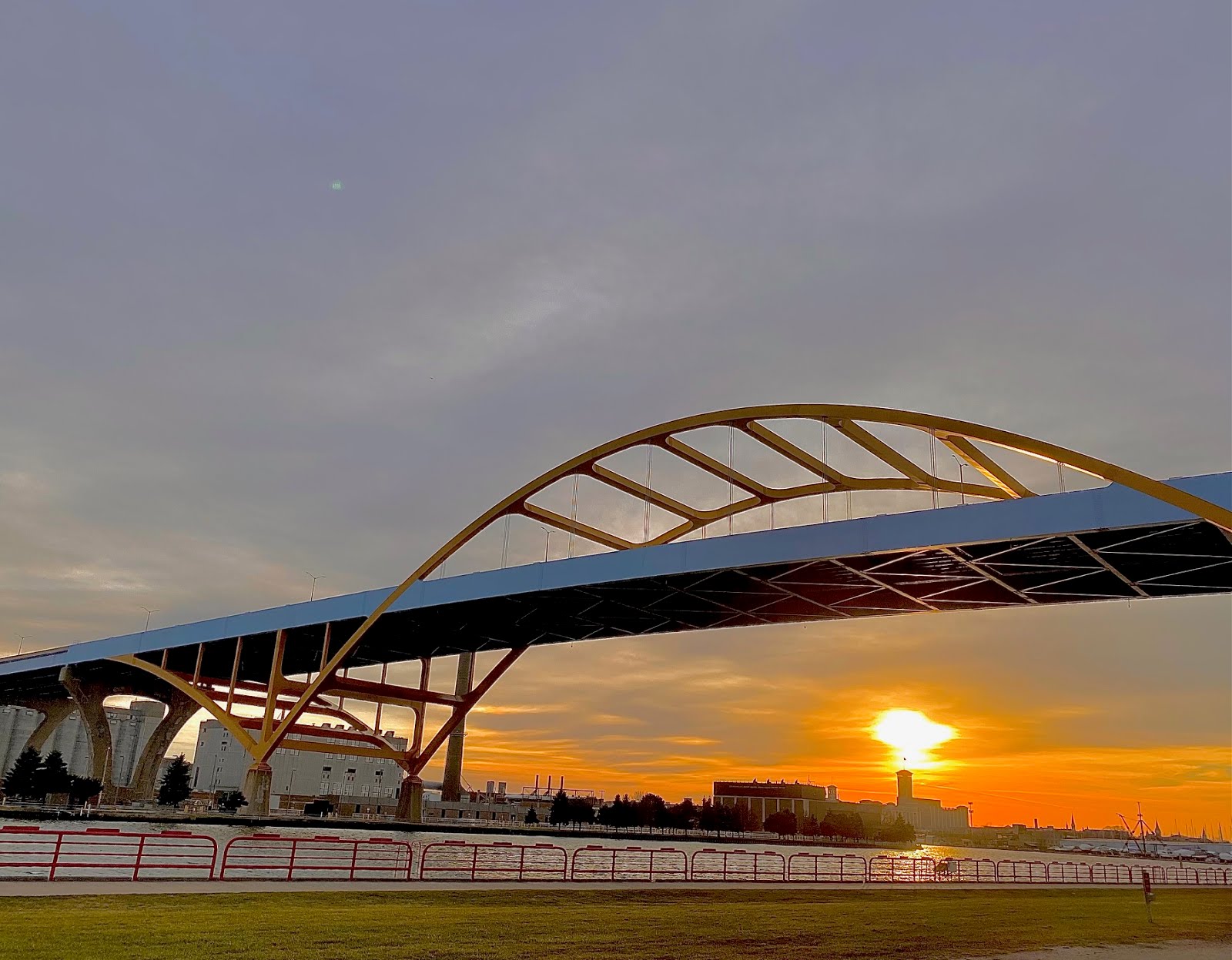Trump's Zinke to open a US wildlife refuge in WI to hunting, fishing
From the Interior Department today by email:
included in Zinke's release is this information about the opening of Trempealeau National Wildlife Refuge in SW Wisconsin originally "established by Executive Order in 1936 by President Franklin D. Roosevelt as "a refuge and breeding ground for migratory birds and other wildlife," according to the refuge's website:
This from the refuge's website:
Secretary Zinke Proposes Expansion of Hunting and Fishing Opportunities at 30 of America’s National Wildlife Refuges
WASHINGTON – Continuing his efforts to increase access to public lands, U.S. Secretary of the Interior Ryan Zinke today announced a proposal to open more than 248,000 acres to new or expanded hunting and fishing opportunities at 30 national wildlife refuges.
Opportunities include places like Hackmatack National Wildlife Refuge in Illinois and Wisconsin, and deer hunting in Philadelphia at John Heinz National Wildlife Refuge being proposed for the first time. The proposal also outlines expanded hunting and fishing opportunities at 136 national wildlife refuges. If finalized, this would bring the number of units of the National Wildlife Refuge System where the public may hunt to 377, and the number where fishing would be permitted to 312.
Wisconsin
- Trempealeau National Wildlife Refuge: Open hunting of certain gamebirds, small mammals and furbearers for the first time, and expand existing migratory game bird and big game hunting.
The Service will seek comments from the public on the proposed rule for 30 days, beginning with publication in the Federal Register in coming days. The notice will be available at www.regulations.gov, docket no. FWS-HQ-NWRS-2018-0020, and will include details on how to submit your comments. An interim copy of the proposed rule is now available at https://www.fws.gov/home/pdfs/Proposed_2018-2019_Hunt_Fish_Rule_signed.pdf.
This from the refuge's website:
About the Refuge:
Trempealeau National Wildlife Refuge is nestled along the eastern edge of the mighty Mississippi River. The scenic drive to the refuge along the Great River Scenic Byway entices travelers along the way.
The refuge was established by Executive Order in 1936 by President Franklin D. Roosevelt as "a refuge and breeding ground for migratory birds and other wildlife."
The original refuge consisted of a 706.9-acre upland portion with open areas of former hay, pasture, and croplands. An office and maintenance shop complex was constructed in 1936, along with temporary facilities for a Civilian Conservation Corps camp, which was located on refuge lands until the advent of World War II.
For more than 40 years, the refuge remained small, despite several attempts to purchase more than 5,000 acres of the surrounding Delta Fish and Fur Farm, Inc. In 1975, Dairyland Power Cooperative acquired the entire Delta Fish and Fur Farm. Dairyland wanted to construct a rail loop for a coal off-loading facility near their power generating plant at Alma, Wisconsin. The land they would need for constructing the loop was part of the Upper Mississippi River National Wildlife and Fish Refuge.
For more than 40 years, the refuge remained small, despite several attempts to purchase more than 5,000 acres of the surrounding Delta Fish and Fur Farm, Inc. In 1975, Dairyland Power Cooperative acquired the entire Delta Fish and Fur Farm. Dairyland wanted to construct a rail loop for a coal off-loading facility near their power generating plant at Alma, Wisconsin. The land they would need for constructing the loop was part of the Upper Mississippi River National Wildlife and Fish Refuge.
As part of a land exchange, Dairyland divested about 120 acres of the "Delta" and sold an additional 4,778 acres to the Service in 1979. This addition, plus other recent acquisitions, has brought Trempealeau National Wildlife Refuge to its present 6,446 acres.
Contact the Refuge
Phone: 608.539.2311
Phone: 608.539.2311
Address:
Trempealeau National Wildlife Refuge
W28488 Refuge Road
Trempealeau, WI 54661
Email: Trempealeau@fws.gov
More from the website:
Trempealeau National Wildlife Refuge
W28488 Refuge Road
Trempealeau, WI 54661
Email: Trempealeau@fws.gov
More from the website:
Wake up! In spring animals that lay dormant over the winter begin to wake up, as old friends that migrated south arrive.
The refuge becomes very lively as choruses of wood frogs and spring peepers sing mating songs, and colorful warblers flit and flutter around the refuge. Chipmunks and ground squirrels scamper around on their never ending search for food.
Use the spotting scopes at the observation deck to watch waterfowl while listening to them fill the air with their calls.
Visitors at this time may be lucky enough to see the mating dance of the sandhill crane....
Don't let the cold weather and snow cover fool you. There is still a lot of action on the refuge.
Animal tracks in fresh snow tell a story of their own.
Spot otter slides plummet into open icy water, coyote and fox tracks following their prey, and elaborate mouse tunnels under the snow.
Raptor birds become easier to spot in barren landscapes with less leaf cover. Shorter daylight hours and lower prey abundance mean that animals will be out hunting more during daylight hours.
Snowshoe or cross-country ski our trails (not groomed) and see what animal activity you observe.









1 comment:
Terriblwe idea
Post a Comment